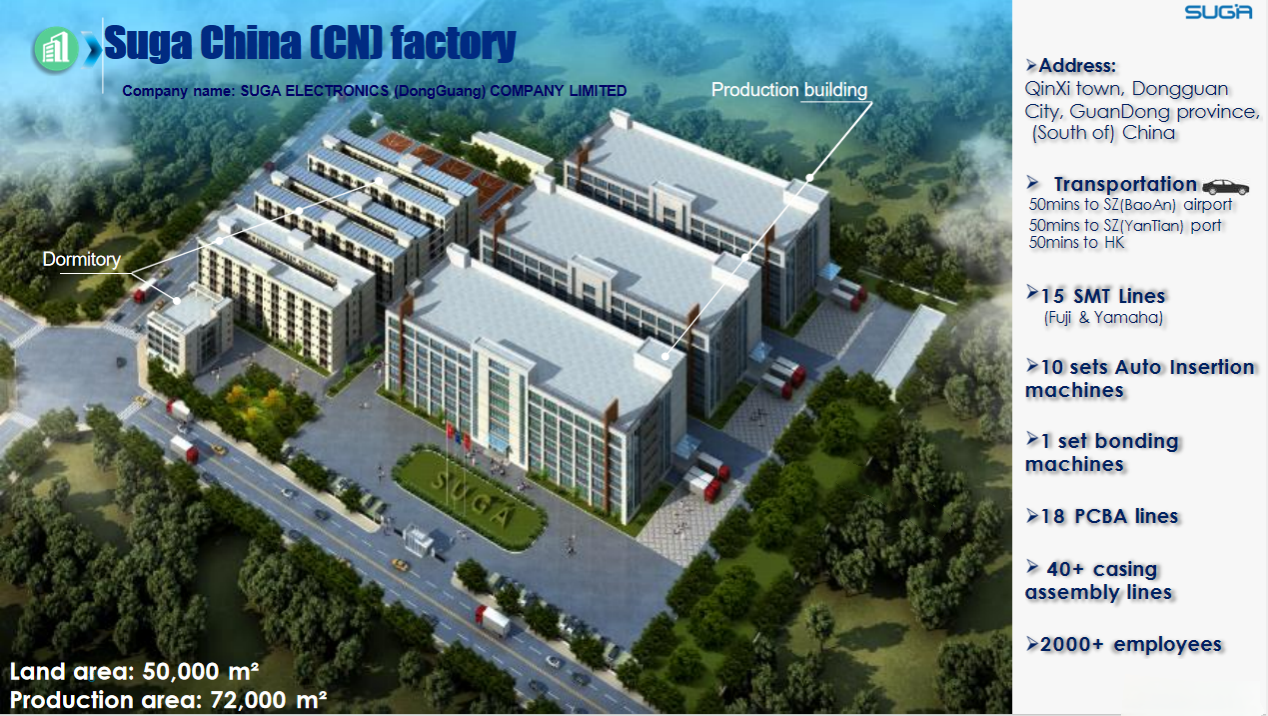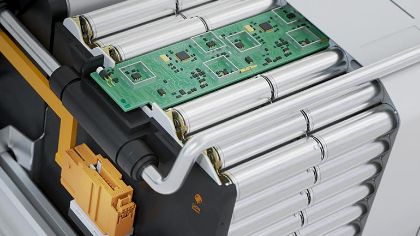Radio Frequency PCBs: Demand Surge in 3 Key Sectors & Shenzhen’s Manufacturing Strengths
Radio Frequency PCBs are core carriers for high-frequency signal transmission,with strong demand in 5G communications, smart vehicles, and aerospace fields. First, Shenzhen, leveraging its technological and industrial strengths, has become a globally important manufacturing base.
Radio Frequency PCBs in Communications & Smart Connectivity: Powering High-Speed Networks
5G millimeter-wave base stations have strict requirements for radio frequency PCBs, needing dielectric loss <0.002 and impedance control of ±2%. Shenzhen enterprises use PTFE ceramic composite substrates and laser micro-drilling technology to reduce losses by 35%, meeting the demand for 2 million new base stations annually. In industrial IoT, Shenzhen’s six-layer RF PCBs increase the transmission efficiency of 800G optical modules by 60%. Suga provides one-stop services from simulation to 40GHz testing, helping enterprises accelerate iteration.

Smart Vehicles: Radio Frequency PCBs (RF PCBs) Enabling Next-Gen Automotive Technology
Smart vehicles drive the surge in demand for RF PCBs. RF boards for 77GHz millimeter-wave radars must withstand temperatures from -40℃ to 150℃. Shenzhen enterprises achieve ±0.1° detection accuracy with ceramic substrate technology. Vehicle-mounted V2X modules use buried copper block designs for temperature control, adapting to 800V platforms. Suga, with IATF16949-certified production lines, offers 48-hour rapid prototyping, serving leading automakers.
Radio Frequency PCBs for Aerospace: Ensuring Ultra-Reliable Missions
Aerospace demands extremely high reliability for RF PCBs. Shenzhen’s aluminum nitride-based RF PCBs, used in Beidou satellites, cut weight by 18% and pass strict tests. TG170 high-temperature-resistant boards break foreign monopolies.
Suga provides customized services from material selection to 3D simulation. This ensures stable production capacity.
Shenzhen’s RF PCB industry excels in material innovation, intelligent production and rapid response. Suga leverages this ecosystem. It offers one-stop solutions, helping clients reduce costs by 15%-20. It has become a preferred partner for precision manufacturing.
Suga’s Global Reach: Diversifying Supply Chains, Linking Shenzhen to Global Markets
First, through strategic production relocation, Suga has implemented critical measures in its internationalization process. Specifically, the company has shifted part of clients’ manufacturing to Vietnam—a decision that serves multiple strategic purposes. To begin with, this move helps clients avoid U.S. tariffs on Chinese-made products. Additionally, it achieves supply chain diversification through the “China + 1” strategy. Further, the relocation equally importantly provides robust mitigation against geopolitical risks while stabilizing production capacity.
Furthermore, building on this operational foundation, Suga has also enhanced its service architecture through innovation. In particular, the company offers flexible, innovative solutions that integrate regional industrial strengths with global market needs. What’s more, these solutions streamline cross-border collaboration by aligning local advantages with international demands. Ultimately, such strategic adjustments have strengthened Suga’s role as a pivotal bridge connecting Shenzhen’s manufacturing ecosystem with global markets.


